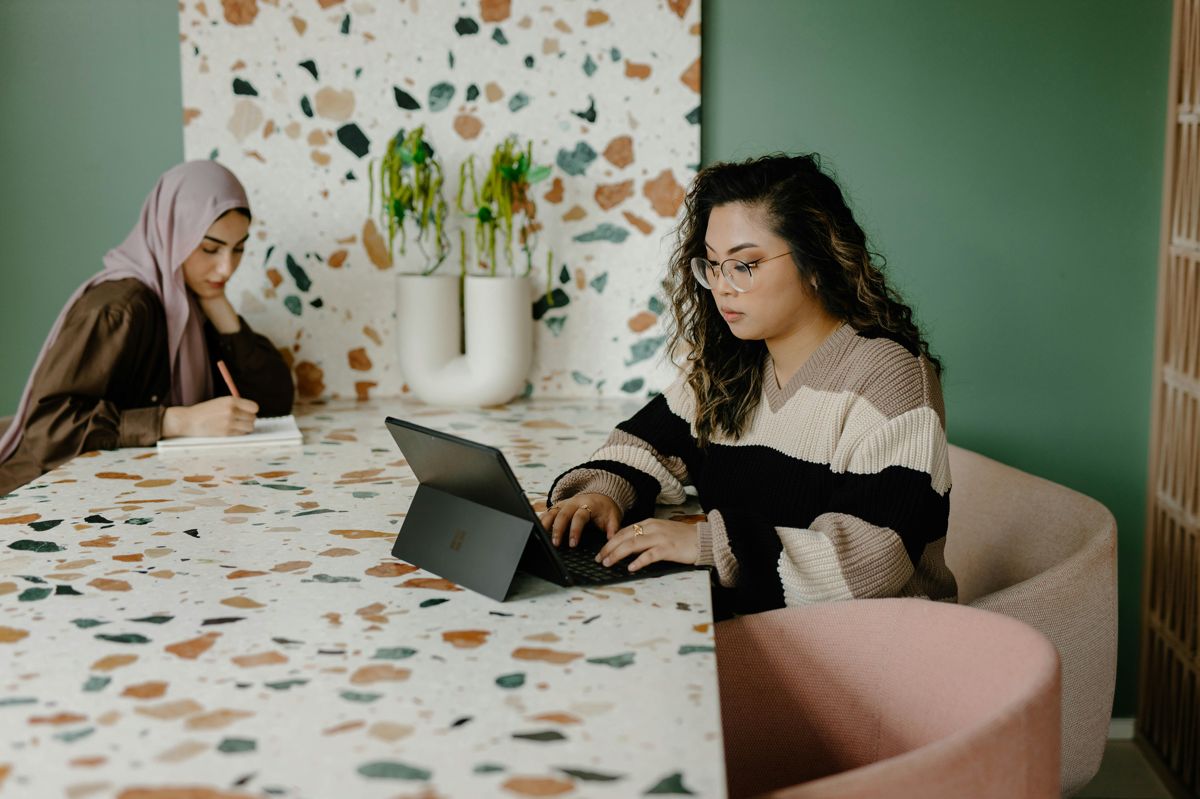Best Ways People Learn

Table of Contents
Understanding How People Learn Best: Key Factors and Principles
In the relentless pursuit of knowledge, we often find ourselves pondering the question, “how do people learn best?” This inquiry is not merely an academic exercise but a crucial concern for educators, trainers, and professionals alike. The answer, as it turns out, lies not in a single definitive method but in a blend of key factors and principles that cater to the diverse learning styles and preferences of humans.
At the heart of this conundrum lies the understanding that everyone has a unique cognitive makeup, influenced by a myriad of variables such as personality traits, prior experiences, cultural backgrounds, and individual aspirations. To tap into these intricacies, it is essential to delve deeper into the learning process itself and identify the factors that shape it most profoundly.
First and foremost, active engagement plays a pivotal role in how people learn best. Active participation, whether through interactive activities, group discussions, or self-directed projects, stimulates the brain by making connections between new information and existing knowledge. Moreover, this approach fosters a deeper understanding of concepts, enhancing long-term retention. By embracing active learning methods, we can transform passive recipients of information into proactive seekers of wisdom, empowering them to take control of their own educational journeys.
Another critical factor in the learning equation is the alignment between instructional strategies and individual learning styles. While it’s impossible to categorize learners into neat boxes, recognizing visual, auditory, and kinesthetic preferences can help tailor teaching methods more effectively. For instance, a visual learner might benefit from diagrams, infographics, or videos, while an auditory learner may respond better to lectures, discussions, or podcasts. By acknowledging these learning styles, we can create a more inclusive and effective educational environment that caters to the diverse needs of our learners.
Finally, it’s essential to acknowledge the powerful role emotions and motivation play in learning effectiveness. A positive emotional state can act as a catalyst for learning, making new information more accessible and memorable. Conversely, feelings of stress, anxiety, or boredom can hinder the absorption of knowledge. By fostering a supportive and engaging learning environment, we can stimulate curiosity, inspire passion, and create an atmosphere conducive to growth and development.
As we continue our exploration of the best ways people learn, let us delve deeper into the impact of visual, auditory, and kinesthetic learning styles on education. Stay tuned for our next segment, ‘The Role of Visual, Auditory, and Kinesthetic Learning Styles in Education’.

The Role of Visual, Auditory, and Kinesthetic Learning Styles in Education
Have you ever pondered the question, “How do people learn best?” Delving into the depths of human cognition reveals a fascinating array of learning styles. One such intriguing aspect is the interplay between visual, auditory, and kinesthetic learning styles in education. To fully grasp the concept, let’s embark on an enlightening exploration of these modes.
Visual learners, those who process information primarily through sight, thrive when presented with diagrams, charts, or videos. Visual stimuli can help them absorb and remember new concepts with greater ease. If you’re someone who finds yourself scribbling notes or using mind maps to study, chances are you lean towards being a visual learner.
On the other hand, auditory learners prefer hearing information spoken aloud, whether it be lectures, podcasts, or group discussions. They often remember details better when they listen actively and reiterate the material out loud. If you’ve ever found yourself retelling a story to cement it in your memory or humming a tune to help remember lyrics, then congratulations - you’re likely an auditory learner!
Lastly, kinesthetic learners are those who learn best by engaging in physical activity and hands-on experiences. They need active involvement with the subject matter, such as practicing demonstrations or participating in group activities. If you find that you grasp concepts better after putting theories into practice or experimenting with new ideas, then welcome to the club of kinesthetic learners!
Understanding these learning styles can revolutionize your educational approach and significantly boost your learning effectiveness. By catering to your unique learning style, you’ll be well on your way to mastering ‘How do people learn best?’ Stay tuned for our next segment as we delve deeper into the impact of emotions and motivation on learning success!
Exploring the Impact of Emotions and Motivation on Learning Effectiveness
As we delve deeper into understanding how people learn best, it’s crucial to acknowledge the significant role emotions and motivation play in our educational journey. After all, learning isn’t just about absorbing information; it’s about transforming that data into knowledge that sticks.
Emotions serve as a powerful catalyst for learning. They can either energize us or distract us, depending on their nature. Positive emotions such as curiosity, excitement, and interest can boost our attention span, foster engagement, and encourage retention of new information. On the flip side, negative emotions like anxiety or boredom can hinder our ability to learn effectively (CABS Research Network, 2016).
Motivation is another crucial factor that influences how humans learn best. Intrinsic motivation—the drive to learn for the sake of learning itself—has been shown to lead to deeper understanding and long-term retention (Ryan & Deci, 2000). On the other hand, extrinsic motivation—learning for rewards or avoiding punishments—may lead to superficial learning that doesn’t stick as well.
To harness the power of emotions and motivation in your learning process, focus on cultivating intrinsic motivation by setting meaningful goals, finding joy in the journey of discovery, and connecting new knowledge to your personal values and interests. Additionally, manage your emotions effectively by creating a positive and supportive learning environment, taking breaks when needed, and practicing stress-reduction techniques such as mindfulness or exercise. By doing so, you’ll be setting yourself up for optimal learning and knowledge retention.
Applying These Insights: Tips for Optimal Learning and Knowledge Retention
So, now that we’ve explored the intricacies of how people learn best, let’s delve into practical tips to optimize your learning journey. After all, understanding theory is one thing, but applying it is where the real magic happens.
First and foremost, personalize your study methods to suit your unique learning style. Whether you’re a visual learner, an auditory learner, or a kinesthetic learner, catering to your preferences can significantly boost your retention rates. Visual learners, for instance, might benefit from using diagrams and infographics, while auditory learners could find podcasts and lectures more effective.
Secondly, remember the crucial role emotions and motivation play in learning effectiveness. To make the most of this insight, aim to create a positive, engaging environment when studying. This could mean listening to uplifting music, studying with a friend, or finding a comfortable study spot that energizes you. Additionally, setting clear, achievable goals can help maintain your motivation and focus.
Lastly, don’t forget the importance of regular practice and spaced repetition in knowledge retention. Consistency is key here; make studying a daily habit rather than a one-off event. Furthermore, reviewing material at gradually increasing intervals (spaced repetition) can help consolidate your learning over time.
In essence, the best ways people learn are highly individual and multifaceted. By understanding these factors and principles, you’re now equipped to tailor your study methods for optimal learning and knowledge retention. Happy studying!







